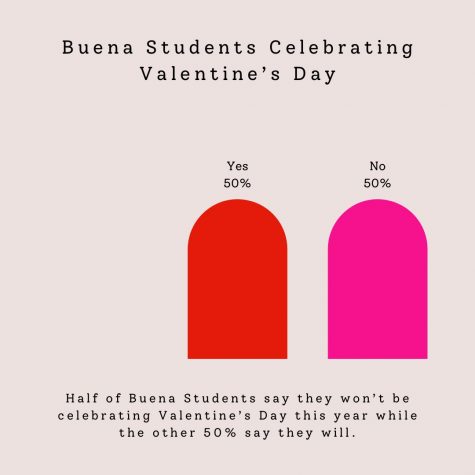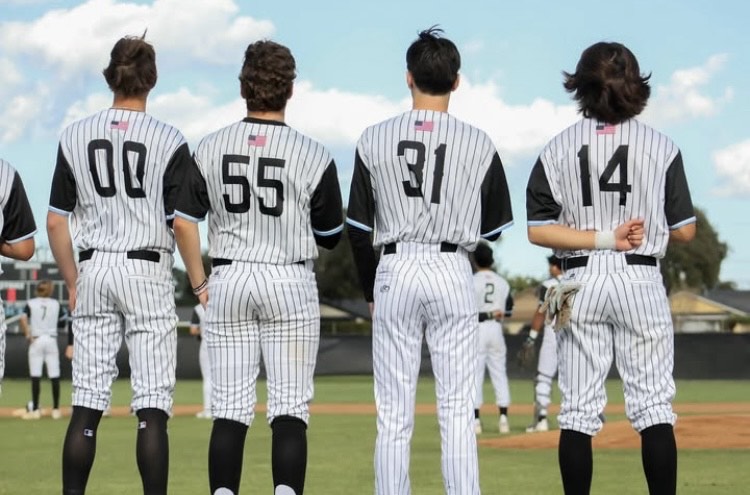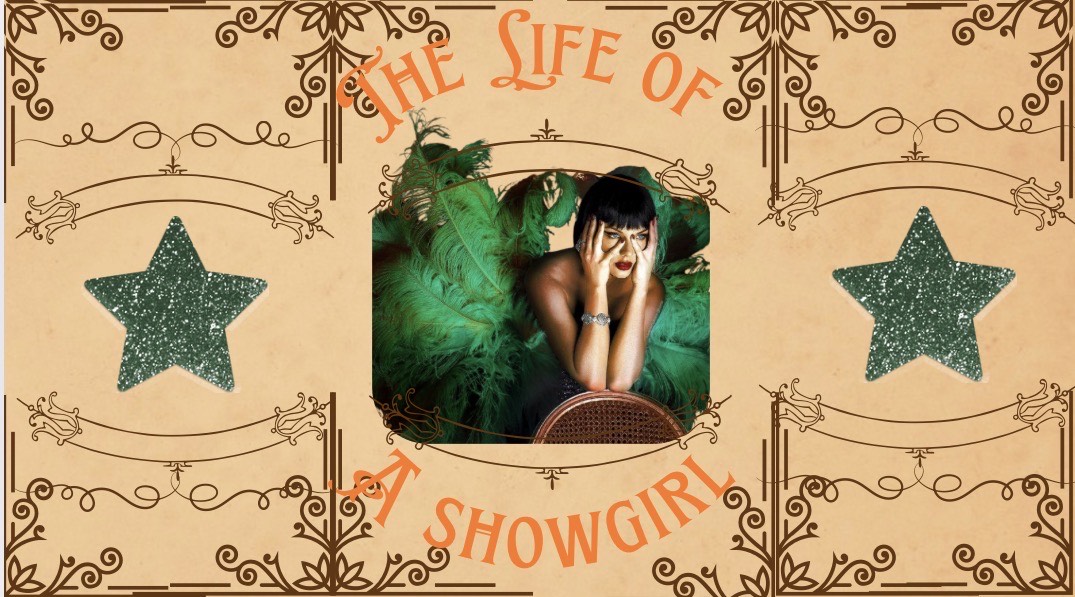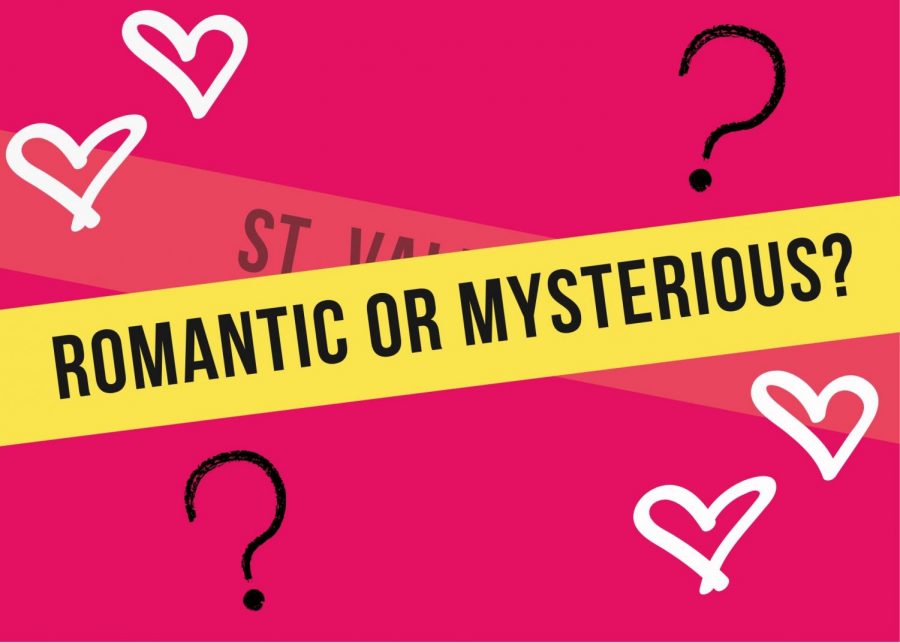The mysterious origins of Valentine’s Day
Valentine’s Day has a long and deep history despite today’s cheesy depiction of the celebration.
February 9, 2021
The history of Valentine’s day is full of mystery despite its ancient roots. To many, it is simply about recognizing and treating your loved ones in the name of Valentine’s day. The origins of the holiday however, are much more complicated than that. There are many legends and beliefs associated with the holiday. Overall, skepticism about the validity of these tales still remains, but regardless, it all began with St. Valentine.
It began as a feast to celebrate the execution of a third-century Christian martyr. According to the Smithsonian Magazine, there were several St. Valentine’s who died on Feb. 14.
According to History.com, “…Valentine was a priest who served during the third century in Rome.” Legend has it that Valentine was a savior for Roman soldiers. Roman Emperor Claudius II believed that single men served as better soldiers, resulting in the outlawing of marriage for all young men. Valentine however, believed it was an “injustice” and administered secret marriages for young couples. When the emperor discovered this, Valentine was eventually sentenced to death.
According to History Cooperative, the legend states that while in jail awaiting his destiny, Valentine fell in love with the jailer’s daughter. On the day of his execution he wrote her a card signed, “Your Valentine…” Although historians cannot confirm this event, it is believed that St. Valentine did indeed exist.
Many believe the holiday was actually named after St. Valentine of Terni, who was a bishop. It is also speculated that the two saints are the same person.
The holiday is also associated with the Roman festival of Lupercalia, which served as a fertility rite. By the fifth century, Pope Gelasius I replaced the festival with St. Valentine’s day, and by the fourteenth century it came to be recognized as a romantic holiday.
Speculation about whether or not the holiday is ‘commercialized’ or if it truly has religious origins are prevalent, but the decision to celebrate or not is ultimately up to you. Valentine’s day is a time to show gratitude and recognize your loved ones which is what makes it such a popular holiday. Amidst a pandemic it might not be such a bad thing.

Valentine’s Day is celebrated around the world, each with their own unique traditions. In the United States it is common to exchange a gift such as a valentine card or flowers but it varies per country. In Germany for example, heart-shaped ginger cookies are a common dessert on Valentine’s day unlike the U.S. where heart shaped boxes of chocolate are the most popular Valentine’s day candy, with conversation hearts as a close second.
Roses are the most popular flowers on Valentine’s Day although countries such as Peru and Denmark rely on orchids and snowdrops to show their love and affection. France is recognized as “the city of love” which makes it one the most popular Valentine’s Day destinations.
According to the National Retail Federation (NFR), “Over half of U.S. adults plan to celebrate Valentine’s Day this year and nearly three-quarters of consumers celebrating feel it is important to do so given the current state of the pandemic.” NFR also stated that 41% of adults in the U.S. will plan a celebration in the comfort of their own home. Valentine’s Day this year will hopefully serve as a morale booster for people by encouraging love and positivity.













































































